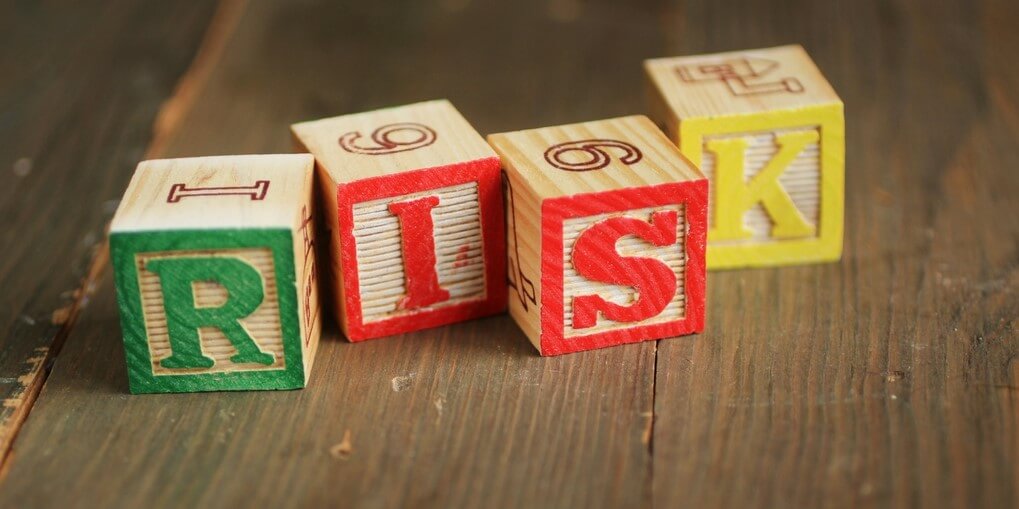When it comes to forex trading, it’s a good idea to take advice from seasoned professionals so that we can avoid learning hard lessons for ourselves. One of the biggest lessons that these traders can teach us revolves around risk-management, which has to do with how much we risk on any single trade. For beginners, it might seem like risking more can pay off in the long run, because one large win could increase your investment significantly. Unfortunately, this way of thinking has lead to the end of many trader’s careers before they really even got started. If you risk 15% on one trade, 20% on another, and so on, you’re likely to blow through your account quickly. Its true that you might get lucky with a couple of trades, but it only takes one loss to wipe out all those winnings.
The well-known trader Bill Lipschutz is a great example of how improper risk-management techniques can be devastating. This trader inherited $12,000 and turned it into $250,000 while in college. While this sounds like an inspiring story, the future millionaire blew his entire portfolio with one bad trade because he did not practice proper risk-management. Imagine building up that much only to lose it all on a single trade! Know that the story went on to have a positive ending despite this setback, as Bill did not give up and went on to open his own investment firm while being regarded as one of the top traders in the world.
Still, we can always learn a lesson from other’s mistakes so that we don’t have to experience the same heartache. The trader in our example would have only lost a small portion of his portfolio if he had not risked as much. One of the most effective ways to limit your losses is to limit the amount you risk on any one trade. So, how much should you risk? Is the answer 2%, 5%, or higher?
Actually, experts recommend risking no more than 1% on any single trade. This may not seem like much, but it makes sense. For example, if you risk 1% on a $100 trade and lose, then you’ve only lost $1. This obviously won’t be a career ending move and you’ll barely notice the difference. If you were to risk 20% on the same trade, you’d lose $20 out of your $100 investment, leaving you with only $80. You’re far more likely to notice the difference in our second example. Once you apply this same principal on a larger scale, the difference is even more significant. Consider Bill Lipschutz from our above example. If he had only risked 1% on his trade, then he would have lost $2,500 out of $250,000. This might still seem like a large loss, but the smaller risk makes a huge difference. A trader could still walk away from this bad trade with most of their portfolio intact.
If you take away anything from our article, you should know that managing risk is essential for successful trading results. It’s true that you might miss out on some opportunities, but you’ll have more profits in the end without suffering any career-ending blows. Just imagine how it would feel to lose everything in your account, whether its $100 or $100,000. We shouldn’t let the fear of losing cripple us, but we can take more control of what we can lose by only risking a small portion of our balance. Even if you don’t agree with out 1% recommendation, its always a good idea to keep your risk at a low percentage.

